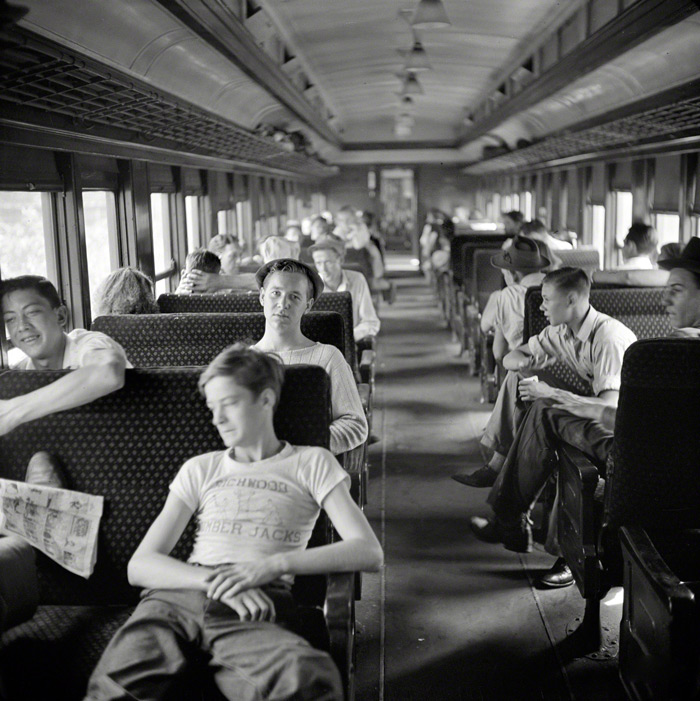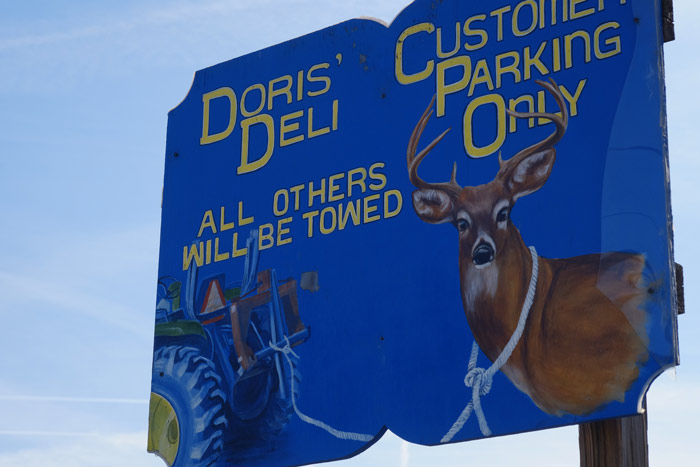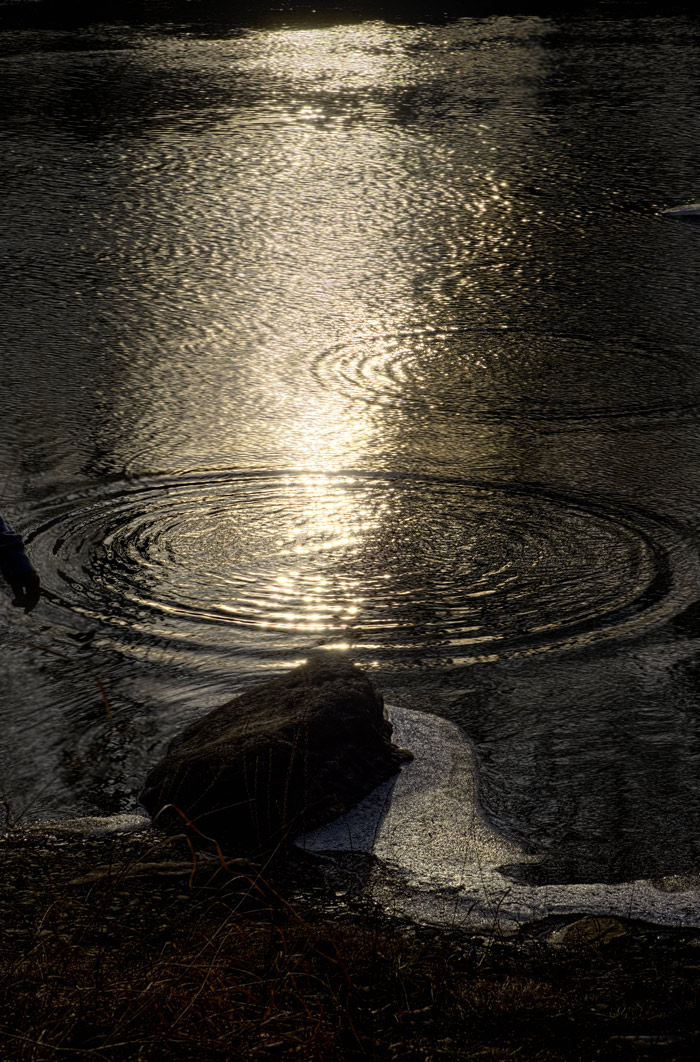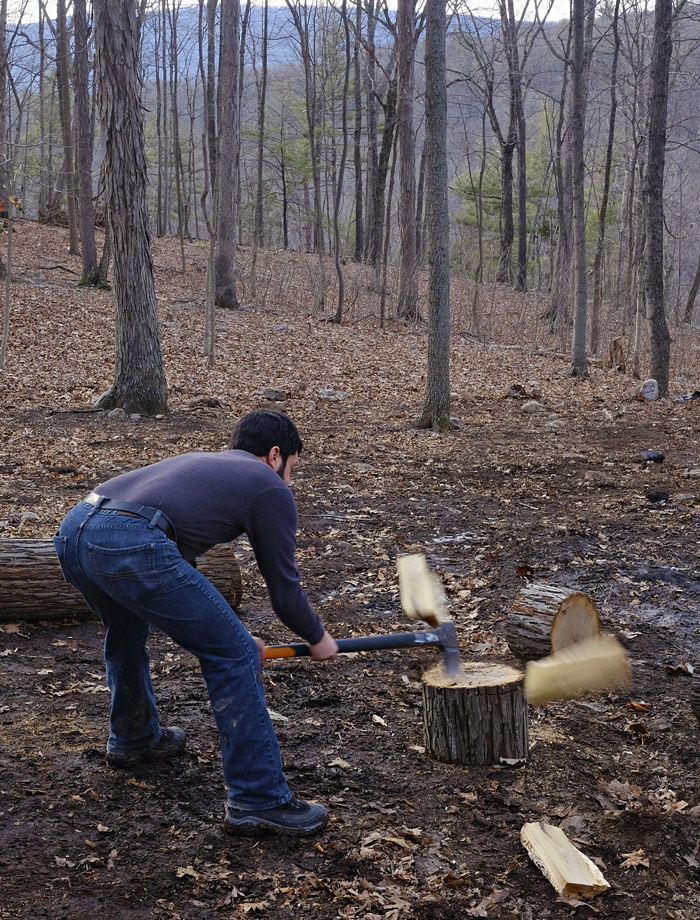Country road, take me home
Nov 17, 2009
West Virginia, from outer space.
Nov 17, 2009
West Virginia, from outer space.
Dec 14, 2010
In the 1850s, John Brown announced to trusted friends and family that he'd been chosen by God to end slavery in the United States. He traveled first to Kansas, where abolitionists and slave-holding settlers were battling for control of the territory. Then he went to Canada to raise money, gather supporters, and lay plans for an uprising.
In October 1859 Brown returned to the United States with a couple of dozen men, white and black, and a plan to organize slave revolts in the mountainous regions of Virginia, Kentucky, and Tennessee. From mountain hideouts, abolitionist bands would help slaves attack their masters and conduct guerilla-style warfare against slaveholders and their civilization.
Brown's first target was the federal arsenal at Harpers Ferry, in what is now West Virginia. The men were already well armed, thanks to donations from abolitionists, but additional weapons would be needed to arm the hundreds or thousands of slaves that were expected to join the revolt. Brown's raiders cut the telegraph line, took hostages including George Washington's nephew, captured a train on the B&O railroad line that passed through town, and took the armory.
But the ultimate success of the plan depended on sparking a general rebellion of slaves throughout the area, which never happened. After a few hours, U.S. Marines led by Robert E. Lee and Jeb Stuart arrived from Washington; Stuart attempted to negotiate a surrender but when Brown refused, the raid was put down in literally three minutes.
During those three minutes, Brown was severely wounded by a sword blow, from which he never recovered. At his trial for treason he lay on a stretcher and barely participated in the proceedings. He was hanged on December 2, 1859.
Slaves did not join him in revolt, but they sang about his body, mouldering in the dust, and about his soul, marching on. Less than two years later, civil war engulfed the whole country, and less than two years after the war began, Lincoln proclaimed that slaves were free.
The military commanders who had quashed Brown's raid at Harpers Ferry, Lee and Stuart, resigned their commissions in the U.S. Army and fought for the Confederacy.
This image of Brown's warriors approaching the Harpers Ferry arsenal is from a 1941 series of twenty-two paintings by Harlem artist Jacob Lawrence that illustrate the life and legend of John Brown.
Sep 22, 2013
 By the summer of 1942, the American war effort was in such high gear that many agricultural regions were experiencing a severe labor shortage. All the young men were serving in the military, almost everybody else was working in war industries, and nobody was left to pick the nation's peas and beans.
By the summer of 1942, the American war effort was in such high gear that many agricultural regions were experiencing a severe labor shortage. All the young men were serving in the military, almost everybody else was working in war industries, and nobody was left to pick the nation's peas and beans.
As part of a program designated "Food for Victory," this specially chartered train brought more than three hundred high school boys and girls from the coal-mining town of Richwood, West Virginia, to the farming district around Batavia in upstate New York, where they would pick peaches, apples, tomatoes, and other crops. The program also brought in teenagers from other non-farming places, including Brooklyn, New York, where one of the high schoolers who signed on to help with the harvest upstate was the young Helen Ruskin, Norman's mother.
Mar 22, 2013
 That's our niece Olivia, with Paganini the little red poodle and Dobby the dumb black dawg.
That's our niece Olivia, with Paganini the little red poodle and Dobby the dumb black dawg.
Jun 19, 2014
 Ted lines up the decking for the new deck he's building behind his house high on the mountain near Berkeley Springs, West Virginia. "There is a big hickory and a skinny maple growing through the deck," he notes. "I still haven't done the railing. Sigh."
Ted lines up the decking for the new deck he's building behind his house high on the mountain near Berkeley Springs, West Virginia. "There is a big hickory and a skinny maple growing through the deck," he notes. "I still haven't done the railing. Sigh."
Feb 9, 2015
 Doris's sign might be a little misleading in one way, since there's really not much of a parking problem in the community of Great Cacapon, West Virginia. It's a wide place in the road: a post office, a few dozen houses and trailers, and Doris's, which advertises Bud Light by the 30-pack ($23.99).
Doris's sign might be a little misleading in one way, since there's really not much of a parking problem in the community of Great Cacapon, West Virginia. It's a wide place in the road: a post office, a few dozen houses and trailers, and Doris's, which advertises Bud Light by the 30-pack ($23.99).
The deer in the noose, however, looks just like the wall mounts on sale at a furniture store back in Berkeley Springs, the county seat. And if you don't want a deer for your wall, you might consider a longhorn steer instead.
Feb 10, 2015
 It was a nice flat little rock that hopped across a nice icy little river, at the foot of a nice little rocky mountain in the eastern panhandle of West Virginia.
It was a nice flat little rock that hopped across a nice icy little river, at the foot of a nice little rocky mountain in the eastern panhandle of West Virginia.
To see how it's done, see here.
Feb 12, 2015
 In 1748, George Washington was a 16-year-old kid hired to help out with a surveying party in the mountain wilderness that is now eastern West Virginia. The surveyors stopped to rest in a narrow valley known now as Berkeley Springs. Young Washington described the valley as unpleasantly narrow, scarcely touched by the sun, but after spending a few days soaking in warm springs that bubbled up out of the ground there, he decided he liked the place.
In 1748, George Washington was a 16-year-old kid hired to help out with a surveying party in the mountain wilderness that is now eastern West Virginia. The surveyors stopped to rest in a narrow valley known now as Berkeley Springs. Young Washington described the valley as unpleasantly narrow, scarcely touched by the sun, but after spending a few days soaking in warm springs that bubbled up out of the ground there, he decided he liked the place.
Two years later, when Lord Fairfax, who had commissioned the survey, finally got around to paying the survey party, Washington took his pay in the form of land grants in and around Berkeley Springs. Those grants of 250 acres were the first of numerous grants and purchases over the years that expanded his holdings throughout Virginia, especially western Virginia, till at his death the father of our country personally owned more than 60,000 acres of our country.
The "bathtub" at Berkeley Springs is a modern recreation of the rock-lined pools built in the center of town for the crowds of spa-goers in mid-eighteenth-century America who sought the curative powers attributed to warm (78.4 degrees F), mineralized spring waters. Until 1784, when the first bathhouse was completed, the spa was entirely out of doors, in rock pools screened for privacy by piles of brush and woven branches. Separate hours were designated for male and female bathers.
Washington was part of the crowd; he visited repeatedly, at first with his half-brother Lawrence, who was ill with tuberculosis. When the baths did not help, George took Lawrence on an ocean voyage to Barbados, in hopes that tropical air might prove curative. In Barbados, George Washington contracted smallpox but recovered; Lawrence Washington continued to do poorly and returned to Virginia to die at home in 1752.
George Washington returned again and again to the baths at Berkeley Springs, which had become something of a social scene for colonials of his class. The town grew rapidly to wine and dine the bathers, and George Washington bought up several building lots. A house was built for him on one of his lots, but the Revolutionary War was diverting his attention at that time, and it is believed he only visited the house once.
In mid-winter, the water in Washington's bathtub looks disgusting; the spring is warm enough that there's little or no ice in the pool around the spring but plenty of algae and moss, and nobody has cleaned fallen leaves out of the tub. But straight from the springs, Berkeley Springs water is clear and fresh-tasting. The town hosts an annual water-tasting competition, at which its own municipal water usually fares well.
And there's another annual event in town: George Washington's Bath Tub Weekend, celebrated each year around March 18, the day Washington first showed up for a bath in 1748. The weekend "highlights history-related activities," according to its promoters, "and retail sales."
Mar 1, 2015
 Up in Tedland, high on the mountain above the Cacapon River, to get warm at all, you have to get warm twice. Or else wait till June and get all the warm you want, and then some.
Up in Tedland, high on the mountain above the Cacapon River, to get warm at all, you have to get warm twice. Or else wait till June and get all the warm you want, and then some.
Apr 17, 2016
 With this picture we begin a very occasional series exploring the latter-day habitats of the five Stein boys, who all long ago sheltered under one roof in Tuscaloosa, Alabama, but who have now scattered to the far corners of the realm.
With this picture we begin a very occasional series exploring the latter-day habitats of the five Stein boys, who all long ago sheltered under one roof in Tuscaloosa, Alabama, but who have now scattered to the far corners of the realm.
Ted has built himself a homeplace high on a hill above Great Cacapon, West Virginia. About a year ago, a friend from Alabama, Tommy Roberts, drove up to Ted's land hauling his tools and a trailer full of old shipping pallets. Pieces of pallets eventually became siding shingles to sheath the house and outbuildings–but first, Tommy and Ted had to build the house, drill the well, install the woodstove for heat and the gas stove for cooking, run electricity in from the pole by the road, and etc. and etc.
The stone wall and outdoor fireplace were built with rocks from around Ted's land; the presence of all the loose rocks was a good sign, according to the neighbors, proving that his property included a goodly amount of flat land for loose rocks to settle on. Ted recently expanded his place by buying more acreage across the road, so he's now got a little guesthouse, and of course if he happens to ever need even more rocks . . . .
Ted builds software for a living, and the wireless in the woods above Great Cacapon is slow. Even so, it's fast enough for government work, as the saying goes, and lately, most of Ted's work has been government work. He can write code in Tedland or discuss work with colleagues or clients, in the house or on the deck or in a hammock under the trees. But every now and then he has to leave his mountainside and drive to Washington to make sure all is well with NASA or the State Department or USGS or whomever; for such occasions, he has rented a room in town.
When he's off the mountain, he probably has to make arrangements for somebody to look after his chickens.
Jan 1, 2017
 Great-Grandma Helen settles down with a cup of tea in Ted's little house in the woods on the mountain above Great Cacapon, West Virginia.
Great-Grandma Helen settles down with a cup of tea in Ted's little house in the woods on the mountain above Great Cacapon, West Virginia.
Earlier on that October day, she and Ted had split the stovewood to light up the night with a bright, crackly glow. The work warmed everybody twice, just as they say, but looking back from our current outpost on the frontier of the new year, we can actually feel that warmth a third time now, in our recollection of quiet fireside sorts of moments in which we rested, enjoyed good company, and eased the furrows of our brows.
Okay, so right now, it looks like we're all deep and soggy in an octopus's garden in the shade? Well, that would be a huge problem if we didn't have each other, so . . . . Hugs.